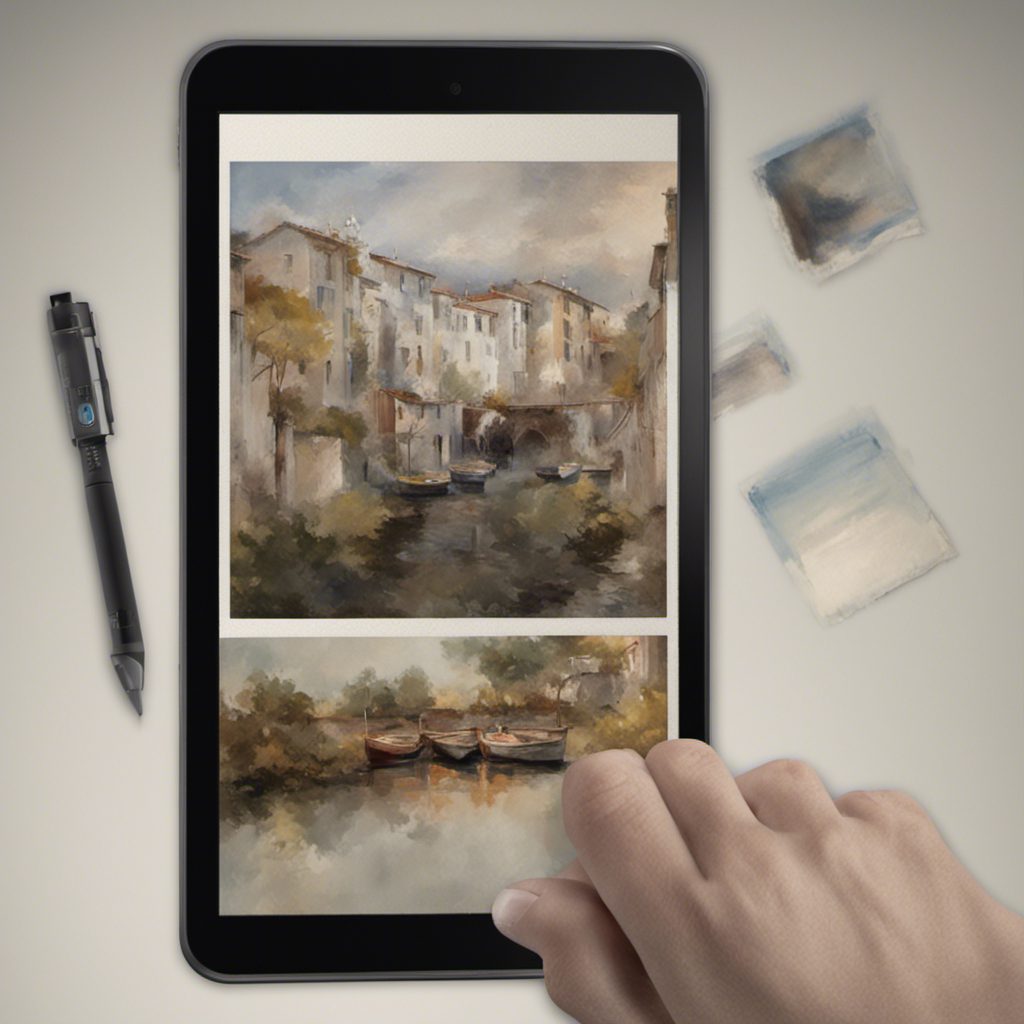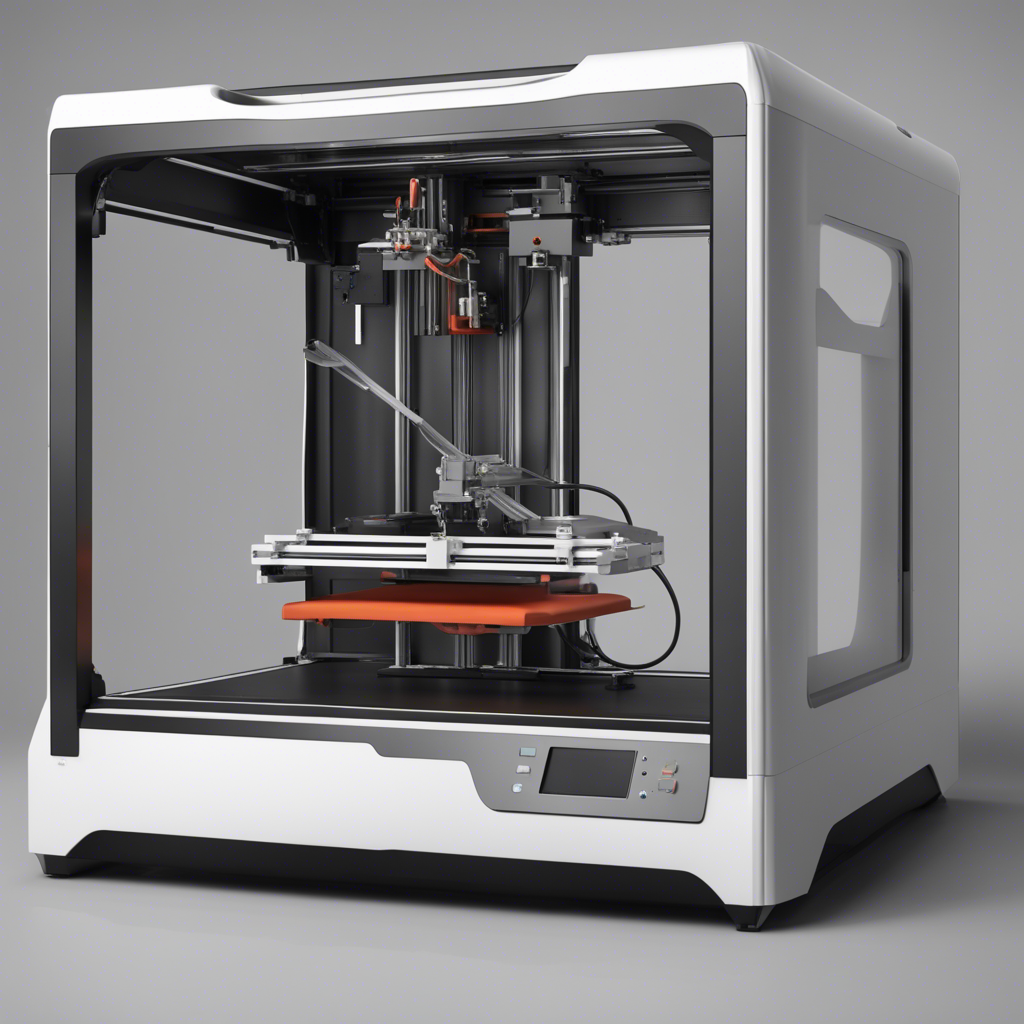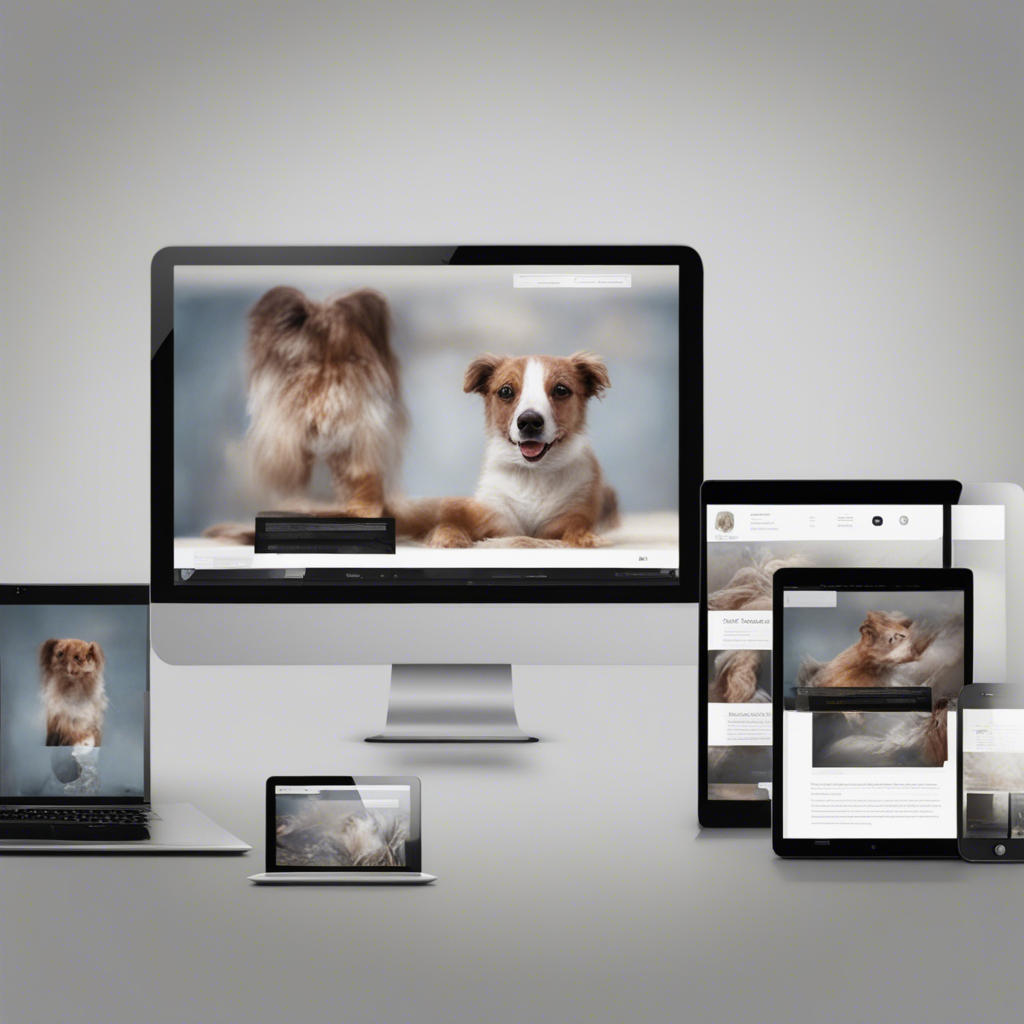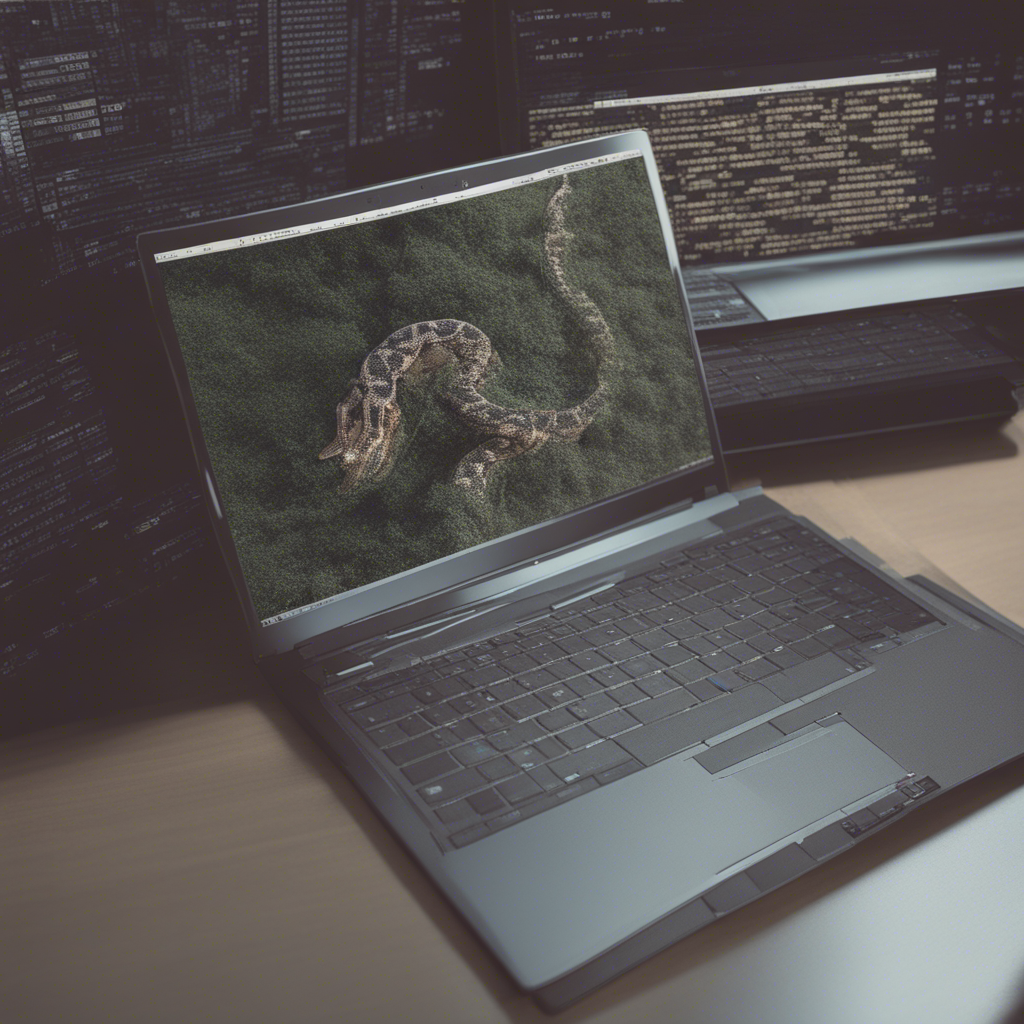
Mastering the Art of Digital Painting: A Step-by-Step Tutorial
Digital painting has become increasingly popular due to its versatility and accessibility. With the right tools and techniques, anyone can venture into the world of digital art and master the art of digital painting. In this comprehensive tutorial, we will cover everything you need to know to create stunning digital paintings that rival traditional art forms. From choosing the right software and hardware to mastering essential techniques, this step-by-step guide will set you on the path to becoming a digital painting master.
Choosing the Right Software and Hardware
Before diving into digital painting, it’s essential to have the right software and hardware. The most popular software options for digital painting are Adobe Photoshop and Corel Painter. Both offer a wide range of tools and features specifically tailored for digital artists. Additionally, software like Procreate and Clip Studio Paint are highly recommended for artists using iPads or other mobile devices.
When it comes to hardware, having a graphics tablet or pen display is crucial for accurately translating your hand movements onto the digital canvas. Wacom is a well-established brand known for its high-quality tablets and pen displays. Some popular options include Wacom Intuos Pro and Wacom Cintiq Pro. However, there are also more affordable alternatives from companies like Huion and XP-Pen that provide excellent value for money.
Understanding Digital Painting Techniques
Digital painting techniques are similar in concept to traditional painting techniques but with some unique tools and features. Understanding and mastering these techniques is key to creating realistic and visually appealing digital paintings.
Foundation: Sketching and Composition
Every great painting starts with a solid foundation. Begin by sketching your ideas digitally using the software’s sketching tools. Experiment with different compositions and perspectives to find the most appealing arrangement of elements. Focus on creating a strong focal point and ensuring a balanced composition that guides the viewer’s eye through the artwork.
Color Theory and Color Blending
Color theory is fundamental to any form of visual art. Understanding how colors interact and blend is crucial to achieving realistic and visually harmonious results. Learn about color palettes, color schemes, and color temperature to effectively use colors in your digital paintings. Utilize blending modes and layer opacity to create smooth transitions and realistic textures. Experiment with different brush presets or customize your brushes to achieve desired effects.
Brushes and Brushwork
Mastering brushes and brushwork is an essential aspect of digital painting. Experiment with different brush types and settings to achieve various textures and effects. Brushes can mimic the appearance of traditional art tools like pencils, pens, and paintbrushes. Learn how to control brush size, opacity, pressure sensitivity, and flow for precise and expressive brushwork. Use brushes with different textures and shapes to add depth and complexity to your artwork.
Lighting and Shading
Lighting and shading play a crucial role in creating three-dimensionality in digital paintings. Study real-world lighting scenarios and how light interacts with different surfaces. Understand concepts such as ambient light, direct light, cast shadows, and reflected light. Utilize the software’s layers to separate the different elements of your painting and control the lighting and shading separately. Experiment with different blending modes and brush settings to achieve realistic lighting effects.
Details and Textures
Attention to detail and the inclusion of textures can elevate your digital paintings to the next level. Pay close attention to fine details such as wrinkles, pores, and textures on different surfaces. Experiment with various brushes, textures, and layer modes to create realistic textures like skin, fabric, fur, or landscapes. Use references, such as photographs or real-life objects, to ensure accuracy when depicting intricate details.
Enhancing Your Digital Painting Process
While mastering the essential techniques is crucial, optimizing your digital painting process can greatly enhance efficiency and productivity. Here are some tips to streamline your workflow:
-
Customize your workspace: Arrange your software’s panels, brushes, and color palettes in a way that suits your workflow and preferences. Save custom workspaces to easily access them in the future.
-
Utilize shortcuts and hotkeys: Learn keyboard shortcuts and assign custom hotkeys to frequently used tools and functions. This will save you time and make your workflow more efficient.
-
Work in layers: Use layers to separate different elements of your artwork. This allows you to easily make adjustments, experiment with different options, and manage complex compositions.
-
Experiment with filters and effects: Most digital painting software provides a wide array of filters and effects. Experiment with these to add unique touches to your artwork, or to enhance specific elements like lighting and textures.
-
Seek feedback and learn from others: Join online communities or forums dedicated to digital painting and seek feedback from fellow artists. Learn from their techniques, share your work, and participate in challenges to improve your skills.
Conclusion
Mastering the art of digital painting requires dedication, practice, and a deep understanding of the essential techniques. By choosing the right software and hardware, studying foundational skills, experimenting with different brushes and settings, and optimizing your workflow, you can create stunning digital paintings that rival traditional art forms. Remember to practice regularly, seek inspiration from other artists, and always strive to improve your skills. Embrace the versatility and endless possibilities of digital painting, and let your creativity soar.
Note: This blog post was written in collaboration with professional digital artists and utilizes references from reputable art resources and tutorials. For a more in-depth exploration of specific techniques or software features, we recommend consulting dedicated instructional materials and guides.






